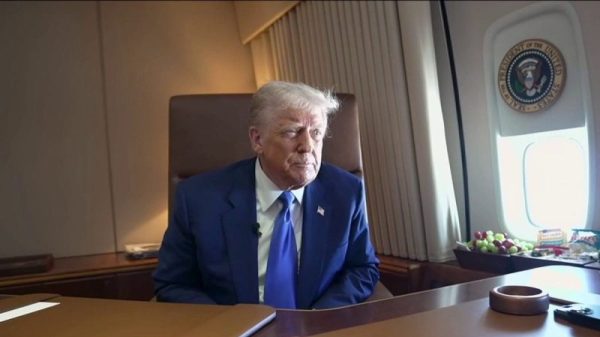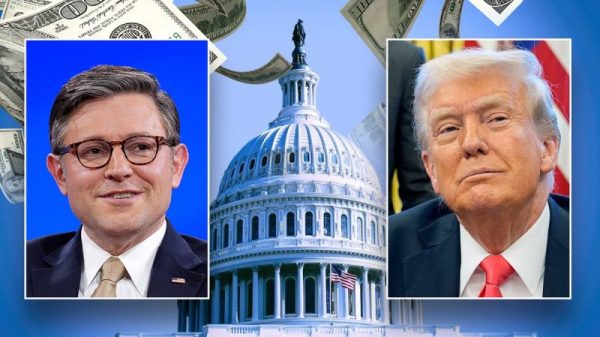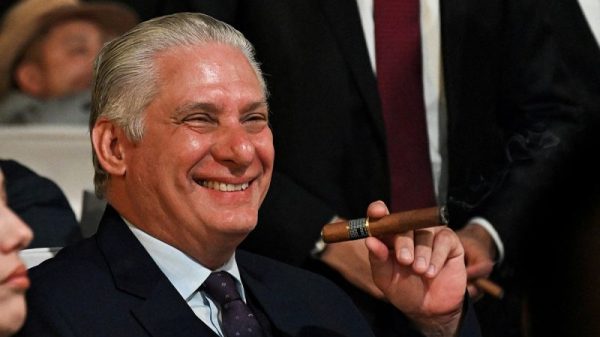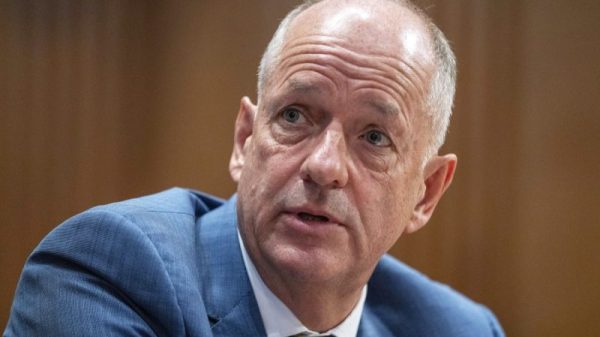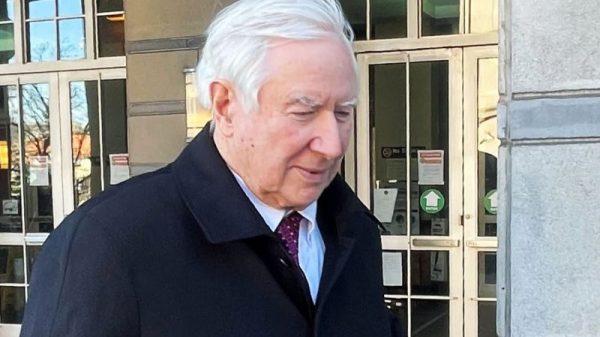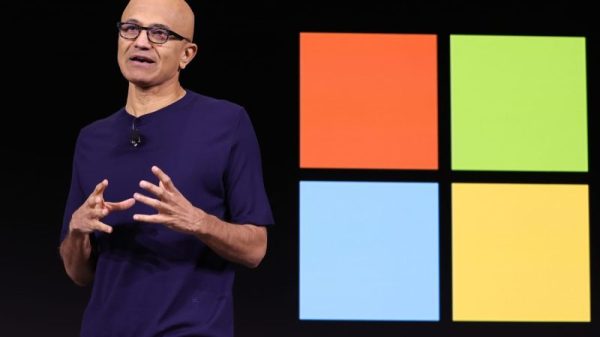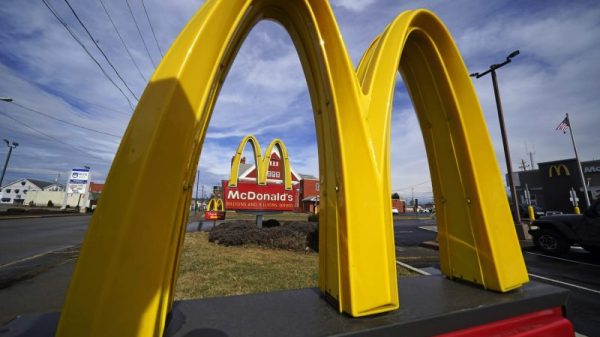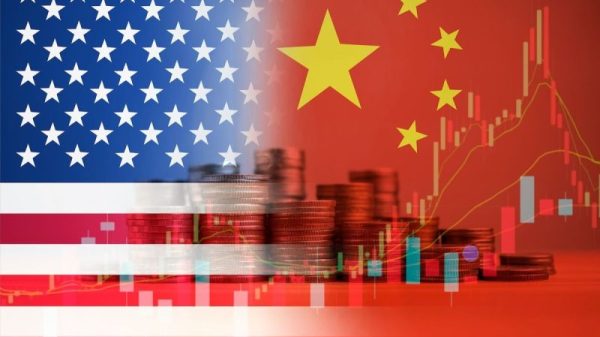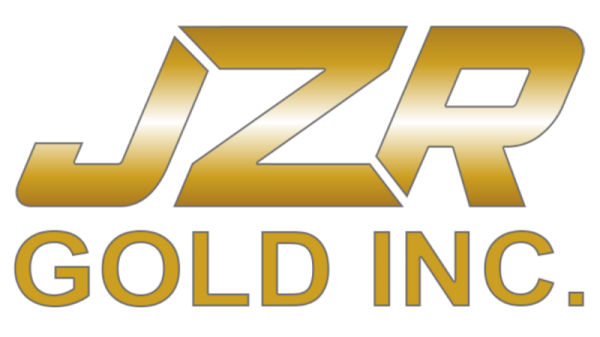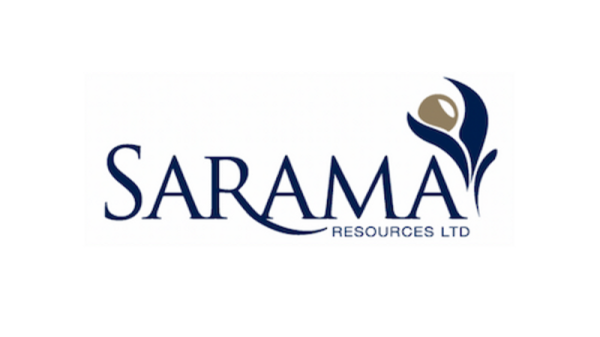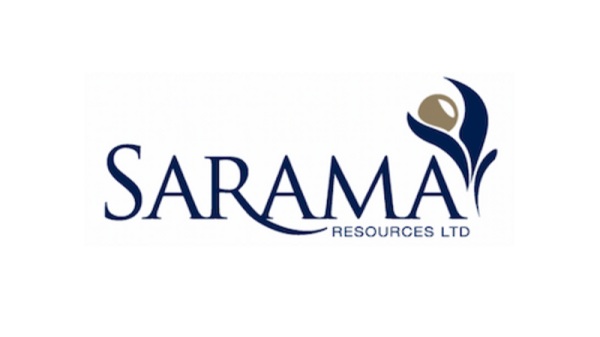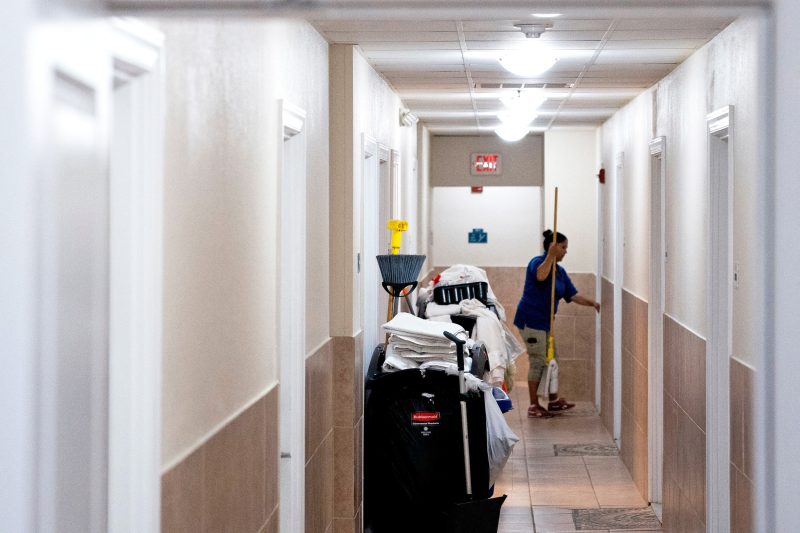Job growth was stronger than expected in September, a sign that the U.S. economy is hanging tough despite higher interest rates, labor strife and dysfunction in Washington.
Nonfarm payrolls increased by 336,000 for the month, better than the Dow Jones consensus estimate for 170,000 and more than 100,000 higher than the previous month, the Labor Department said Friday in a much-anticipated report. The unemployment rate was 3.8%, compared to the forecast for 3.7%.
Stock market futures turned sharply negative following the report and Treasury yields jumped. Dow futures were down more than 250 pints, while the 10-year Treasury yield soared 0.17 percentage point to 4.87%, up around its highest levels since the early days of the financial crisis.
The payrolls increase was the best monthly number since January.
“Slowdown? What slowdown? The U.S. labor market continues to exhibit amazing strength, with the number of new jobs created last month nearly twice as large as expected,” said George Mateyo, chief investment officer at Key Private Bank.
Investors have been on edge lately that a resilient economy could force the Federal Reserve to keep interest rates high and perhaps even hike more as inflation remains elevated.
Wage increases, however, were softer than expected, with average hourly earnings up 0.2% for the month and 4.2% from a year ago, compared to respective estimates for 0.3% and 4.3%.
Still, traders in the fed funds futures market increased the odds of a rate increase before the end of the year to about 44%, according to the CME Group’s tracker.
“Clearly it’s moving up expectations that the Fed is not done,” said Liz Ann Sonders, chief investment strategist at Charles Schwab. “All else equal, it probably moves the start point for rate cuts, which has been a moving target, to later in 2024.”
Sonders said the bond market is “in the driver’s seat” as far as stocks go, a trend that accelerated earlier in the week after the Labor Department reported a jump in job openings for August.
From a sector perspective, leisure and hospitality led with 96,000 new jobs. Other gainers included government (73,000), health care (41,000) and professional, scientific and technical services (29,000). Motion picture and sound recording jobs fell by 5,000 and are down 45,000 since May amid a labor impasse in Hollywood.
Service-related industries contributed 234,000 to the total job growth, while goods-producing industries added just 29,000. Average hourly earnings in the leisure and hospitality industry were flat on the month, though up 4.7% from a year ago.
The private sector payrolls gain of 263,000 was well ahead of a report earlier this week from ADP, which indicated an increase of just 89,000.
In addition to the powerful September, the previous two months saw substantial upward revisions. August’s gain is now 227,000, up 40,000 from the prior estimate, while July went to 236,000, from 157,000. Combined, the two months were 119,000 higher than previously reported.
The household survey, used to calculate the unemployment rate, was a bit lighter, rising 215,000.
The labor force participation rate, or those working against the total size of the workforce, held steady at 62.8%, still a half percentage point below the pre-Covid pandemic level. The rate for those in the 25-to-54 age group also was unchanged at 83.5%. A more encompassing measure of unemployment that includes discouraged workers and those holding part-time positions for economic reasons edged down to 7%.
The September report comes at a critical time for the markets and economy.
Treasury yields have surged and stocks have slumped amid concern that a still-hot economy could keep Federal Reserve policy tight. The central bank has raised interest rates 5.25 percentage points since March 2022 in an attempt to curb inflation that is still running well ahead of the Fed’s 2% target.
In recent days, multiple policymakers have said they are still concerned about inflation. They largely have cautioned that while another rate hike before the end of the year is an open question, rates are almost certain to stay at an elevated level for “some time.”
Though market pricing puts little chance on the Fed hiking again, the higher-for-longer narrative has been causing angst for investors. Higher interest rates raise the cost of capital and run counter to the easy monetary policy that has underpinned Wall Street strength for much of the past 14 years.
A strong job market is central to the rates equation.
Policymakers feel that a tight labor picture will continue to put upward pressure on wages which then will push prices higher. Fed officials have said they don’t believe wages played a role in the initial inflation surge in 2021-22, but have become more of a factor lately.
More from CNBC:
NBA can shift the balance of power in media with its next rights dealHyundai and Kia to adopt Tesla’s EV charging tech next yearGM’s stock hits three-year low amid UAW strike, potential air bag recall



